Sternal Splint
₹1,000.00 Original price was: ₹1,000.00.₹935.00Current price is: ₹935.00.
A sternal splint is a medical device designed to provide support and stability to the sternum (breastbone) after surgery or injury. It is typically used postoperatively in patients who have undergone cardiac or thoracic surgery to minimize movement, reduce pain, and facilitate healing. The splint works by applying gentle pressure to the chest, helping to immobilize the area and prevent excessive strain during activities such as coughing or deep breathing. Sternal splints can be constructed from various materials and are often adjustable to ensure a secure and comfortable fit.
A sternal splint is a medical device designed to provide support and stability to the sternum or breastbone following surgery injury or trauma it serves to limit movement and promote healing in the chest area especially after procedures like open-heart surgery or sternotomy the sternal splint is typically made from soft materials that conform to the body providing comfort while ensuring the necessary level of support
1 Comfort Design – Sternal splints are made from soft breathable fabric to enhance comfort during recovery allowing for easier breathing and movement
2 Pain Management – By limiting movement of the sternum sternal splints can help reduce pain associated with surgical recovery or trauma providing patients with relief during their healing process
3 Postoperative Use – These splints are particularly beneficial after heart surgeries such as coronary artery bypass grafting CABG where maintaining sternum integrity is essential
4 Patient Compliance – The ease of use and comfort associated with sternal splints often lead to higher patient compliance ensuring that patients adhere to their recommended recovery protocols
5 Shallow Breathing Prevention – Sternal splints encourage deeper breathing by providing stability which is important in preventing shallow breathing that can lead to respiratory complications
6 Adjustable Fit – Many sternal splints feature adjustable straps or Velcro to accommodate different body sizes and ensure a secure fit for various patients
7 Durability – Made from long-lasting materials sternal splints can withstand regular use while maintaining their supportive properties
8 Chest Wall Support – This device not only supports the sternum but also helps to stabilize the entire chest wall facilitating better healing
9 Mobility Aid – Sternal splints can assist patients in moving safely by providing a point to hold onto during transfers or while walking thus promoting mobility during recovery
10 Maintains Posture – By providing proper alignment support sternal splints can assist in maintaining good posture thereby reducing strain on surrounding muscles and tissues
11 Custom Options – Some manufacturers offer custom-made sternal splints tailored to the individual needs of patients ensuring optimal support
12 Infection Prevention – While using sternal splints during recovery appropriate measures can be taken to prevent infections that may arise from surgical sites
13 Educational Support – Healthcare providers often educate patients on the importance of sternal splints in recovery which can help alleviate fears about healing and the recovery process
14 Emotional Comfort – Providing a sense of security support and stability sternal splints can also have psychological benefits in promoting recovery
15 Follow-up Care – Regular follow-up appointments are essential to monitor healing and ensure that the sternal splint is still providing the necessary support as the patient progresses through their recovery
In summary a sternal splint is a vital tool in aiding recovery for patients who have undergone chest-related surgeries or experienced trauma by providing essential support stability and comfort throughout the healing process
Related products
-
Wrist / Thombo
Emergency Splint Arm (Long) | Provides Support & Stability To The Arm (Beige)
Rated 0 out of 5₹590.00Original price was: ₹590.00.₹501.00Current price is: ₹501.00. Add to cart Buy Now -
Wrist / Thombo
Swan Finger Splint | Provides Firm Support & Immobilizes The Finger (Silver)
Rated 0 out of 5₹310.00Original price was: ₹310.00.₹279.00Current price is: ₹279.00. Add to cart Buy Now -
Ankel And Foot
Bunion Splint
Rated 0 out of 5₹575.00Original price was: ₹575.00.₹460.00Current price is: ₹460.00. Add to cart Buy Now
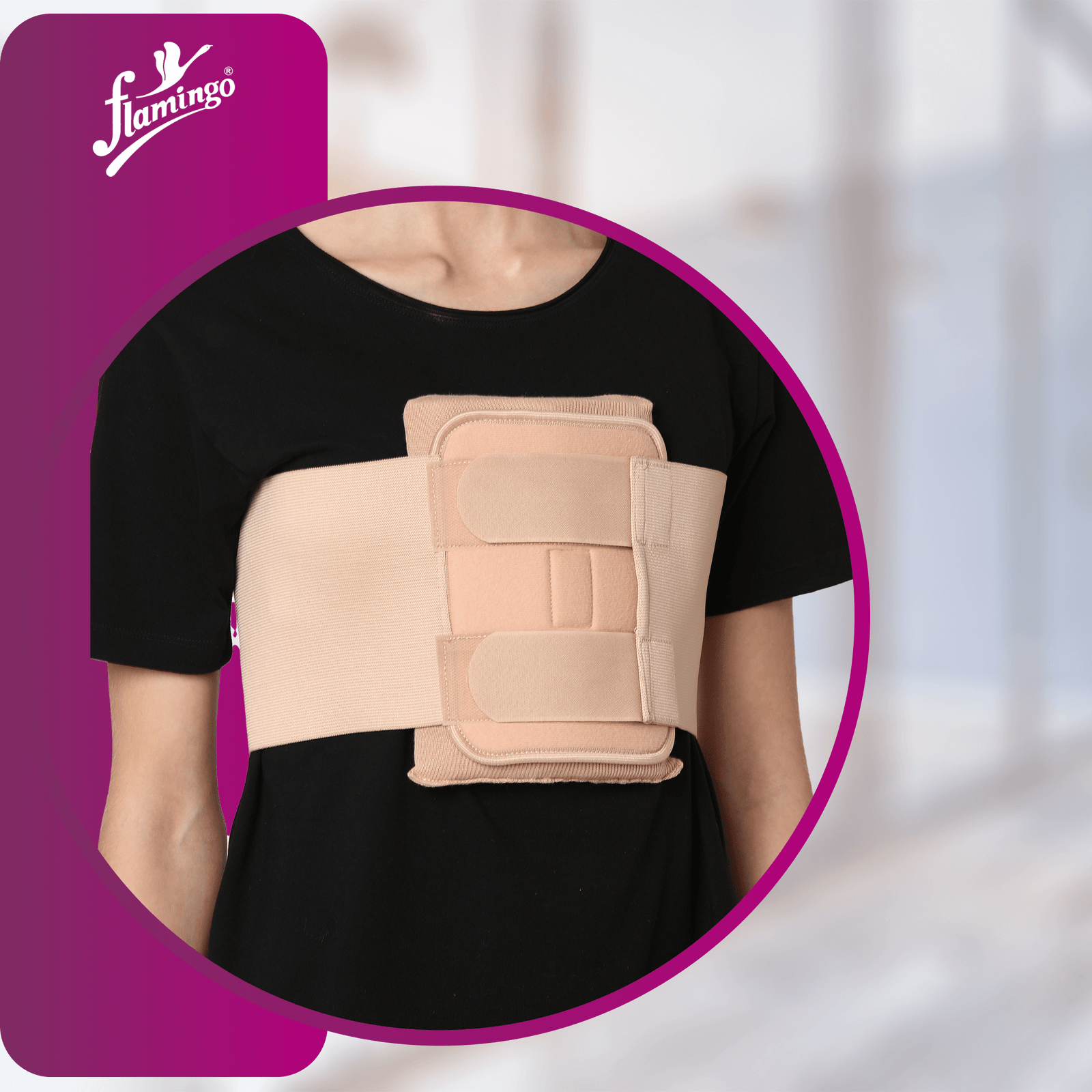



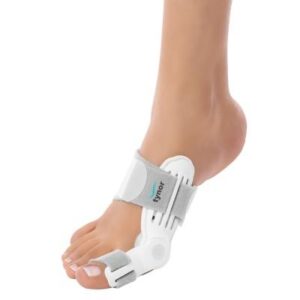


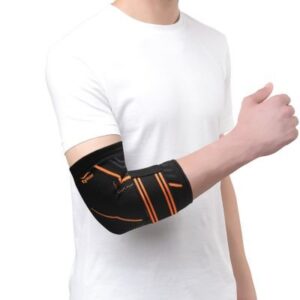

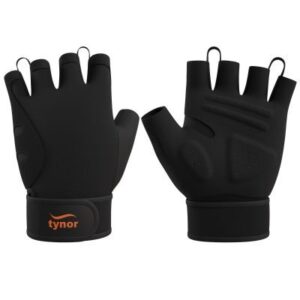
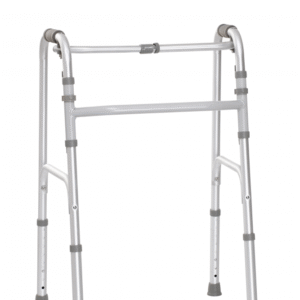
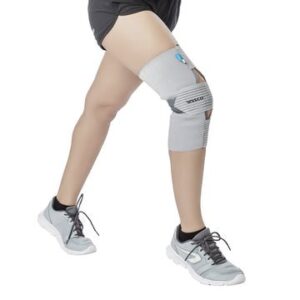
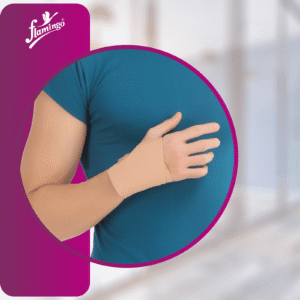
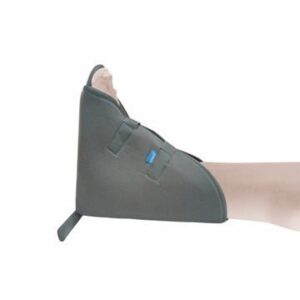


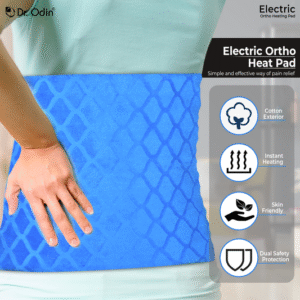
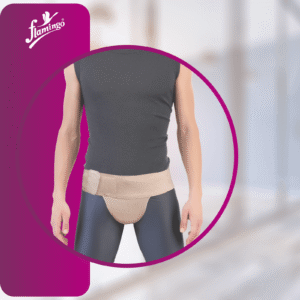

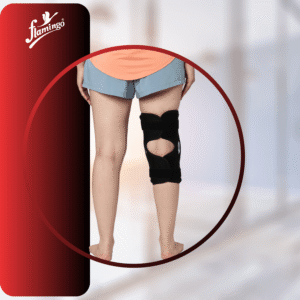
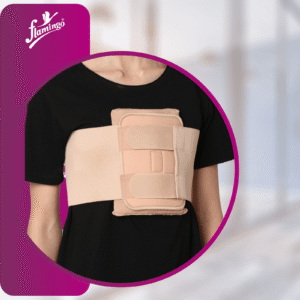
Reviews
There are no reviews yet.